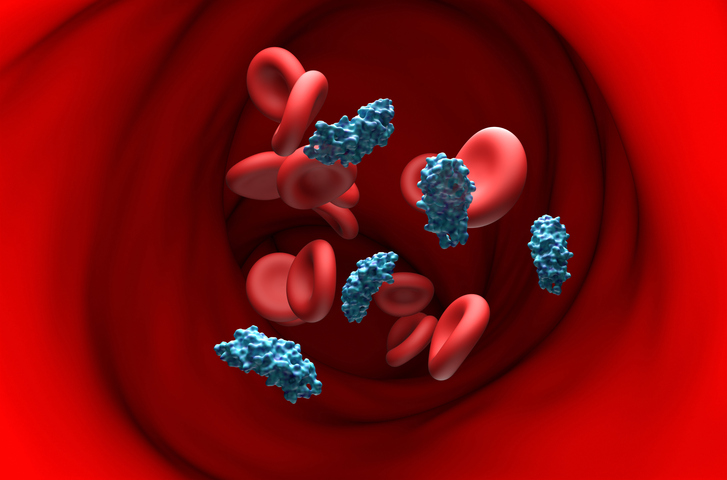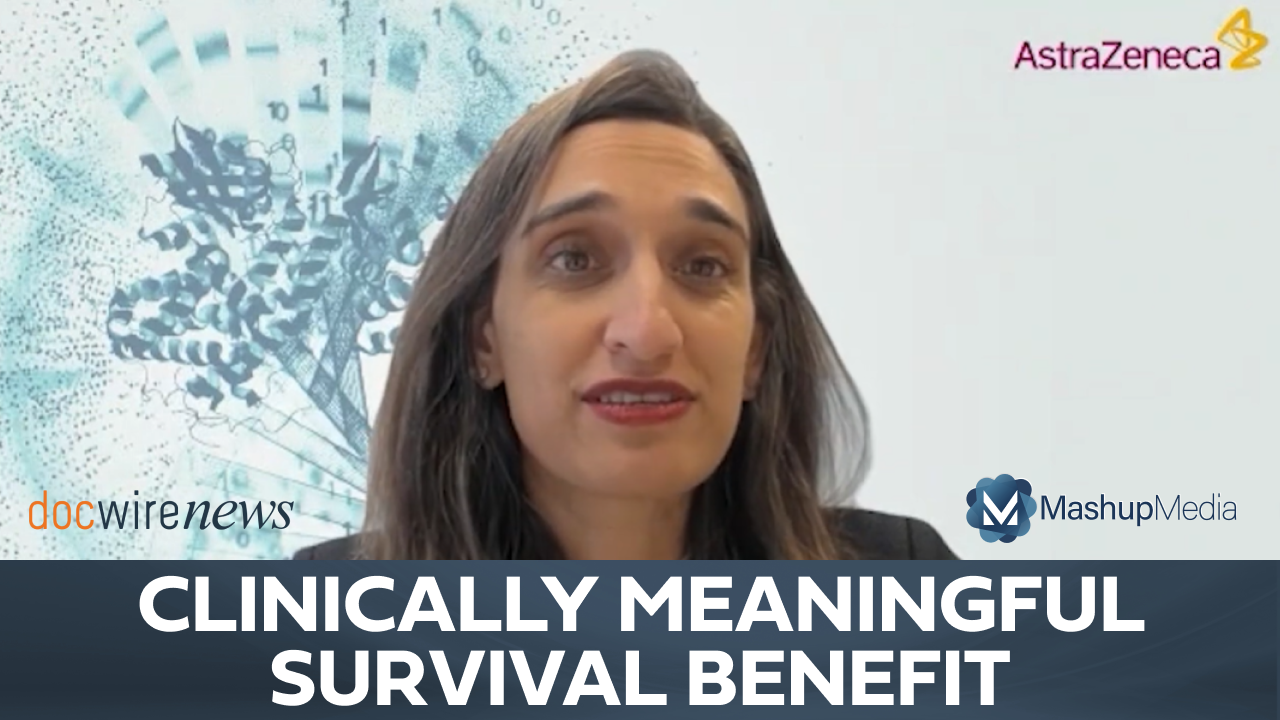
Addressing the cardiovascular disease (CVD) gaps between women and men could lead to an increase of at least 1.6 million years of quality life and boost the US economy by a staggering $28 billion annually by 2040, according to a new report published this week by the American Heart Association and the McKinsey Health Institute (MHI).
The report, titled “The state of women’s heart health in the US: A path to improved health and financial outcomes,” details how CVD disproportionately impacts women in the United States and presents opportunities to close the heart health gap.
Notably, the report identified the following pathways to narrow this health disparity:
- Expanding women-focused research, accelerating translation of findings, and facilitating the commercialization of products and technologies to improve women’s health
- Investing in novel approaches that serve women’s health needs and leverage financial capital to target and accelerate cardiovascular, metabolic, and neurologic solutions across a woman’s entire lifespan
- Improving routine health data collection, diagnostics, and treatment algorithms
- Equipping health care providers across the care continuum with training on how to identify and mitigate potential biases within the health care setting
- Raising public awareness and tailoring prevention strategies for heart health across a woman’s life span
“It is important for us to have these conversations early, because cardiovascular disease affects women of all ages and phases of life,” said Megan Greenfield, co-author of the report, a partner at McKinsey & Company, and an affiliated leader at MHI, via a press release. “Take pregnancy, for example. CVD is the leading cause of maternal death in the United States. Addressing the gaps that exist in care delivery and evolving medical school training and early childhood education to reflect biological differences between men and women are just some actions that can help close the women’s heart health gap.”







 © 2025 Mashup Media, LLC, a Formedics Property. All Rights Reserved.
© 2025 Mashup Media, LLC, a Formedics Property. All Rights Reserved.